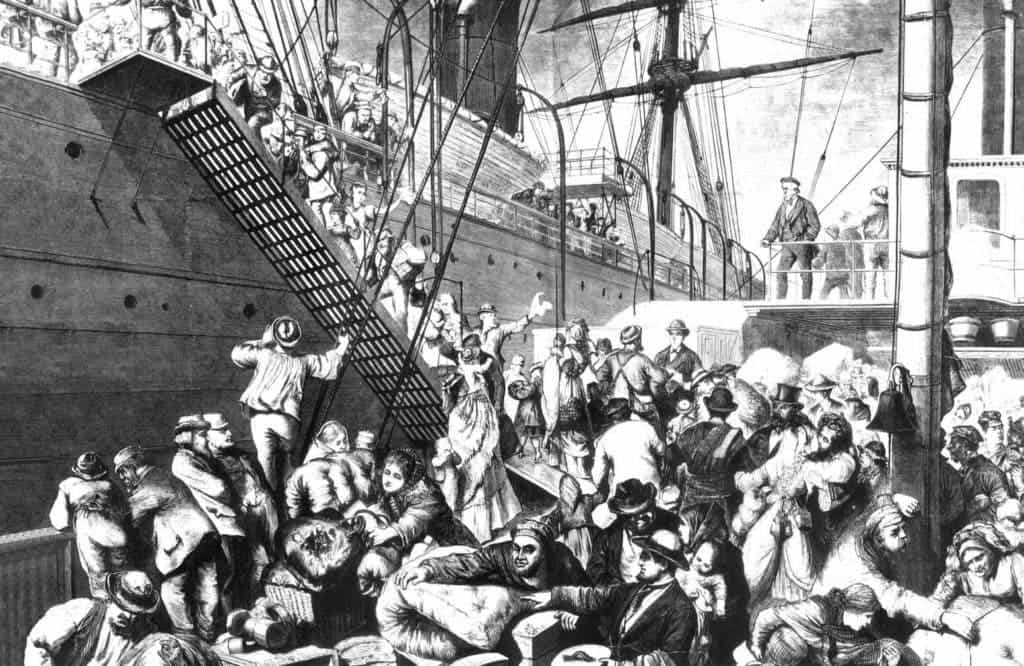Until not too long ago, the ‘American Dream’ promised a good life for anyone ready to work hard for it. That may have been completely true for Baby Boomers but according to the most recent statistics compiled by economists from Stanford and Harvard, the American Dream is no longer relevant for Generation Y or Z, and definitely not relevant for Millenials either. If children born in 1940 had a 90% chance of earning more than their parents, this dropped fast to only 50% in the 1980s, the team reported in the journal Science.

The team led by Raj Chetty had to go to great lengths to assess the current state of the American Dream seeing how reliable datasets that connect children to their parents are virtually non-existent. To fill the gaps in their knowledge, Chetty and colleagues combined data from the U.S. Census, on one hand, and Current Population Survey, on the other, with tax records. All the financial records included in the new dataset made using a sophisticated approach were adjusted for inflation and other confounding variables.
If you were born in 1940, the odds you’d end up earning more than any of your parents was a dramatic 92%. Practically, if you didn’t blow it somehow, a Baby Boomer was set to live a more prosperous adult life than the one offered as a child. Only fifty years later, in 1984, the fraction of children earning more than their parents fell to 50%. That’s overall since the researchers found economic mobility varied on a region-by-region basis. The sharpest decline was seen in the industrial Midwest in such states like Indiana or Illinois. The smallest decline was seen in states like Massachusetts, New York, and Montana.
Of course, since we’re talking about growth rates and fractions, today’s relative GDP growth is much smaller than it was in 1940. Yet, when the researchers modeled the 1980s cohort with the same GDP growth rate from the 1940s, they found absolute mobility only rose to 62% from 50%. However, when the 1980s cohort was modeled with the same economic distribution in the 1940s, the absolute economic mobility rate rose to 80% — not exactly 92% but much closer.
The top 20% of US households own more than 84% of the wealth, and the bottom 40% combine for a paltry 0.3%. The Walton family, for example, has more wealth than 42% of American families combined. As the rift between the poor and rich gets ever wider with the middle class caught in a vice, social mobility will get worse and worse until you’ll eventually see the American Dream in an obituary.
These findings suggest that even if the U.S. experiences tremendous economic growth or some other adjective the U.S. President is fond of, the American Dream won’t come back. Not until income is more equally distributed.
Based on these results, Lawrence F. Katz and Alan B. Krueger discussed five classes of interventions meant to address economic redistribution:
- fostering faster productivity growth;
- raising human capital;
- raising wages and employment of low-income households;
- updating taxes and transfers;
- place-based policies to address geographic mobility;
Some of the means to address these policies include: offering universal preschool; improving recruitment, retention, and professional development of teachers; offering greater access to public universities; increasing the minimum wage.



